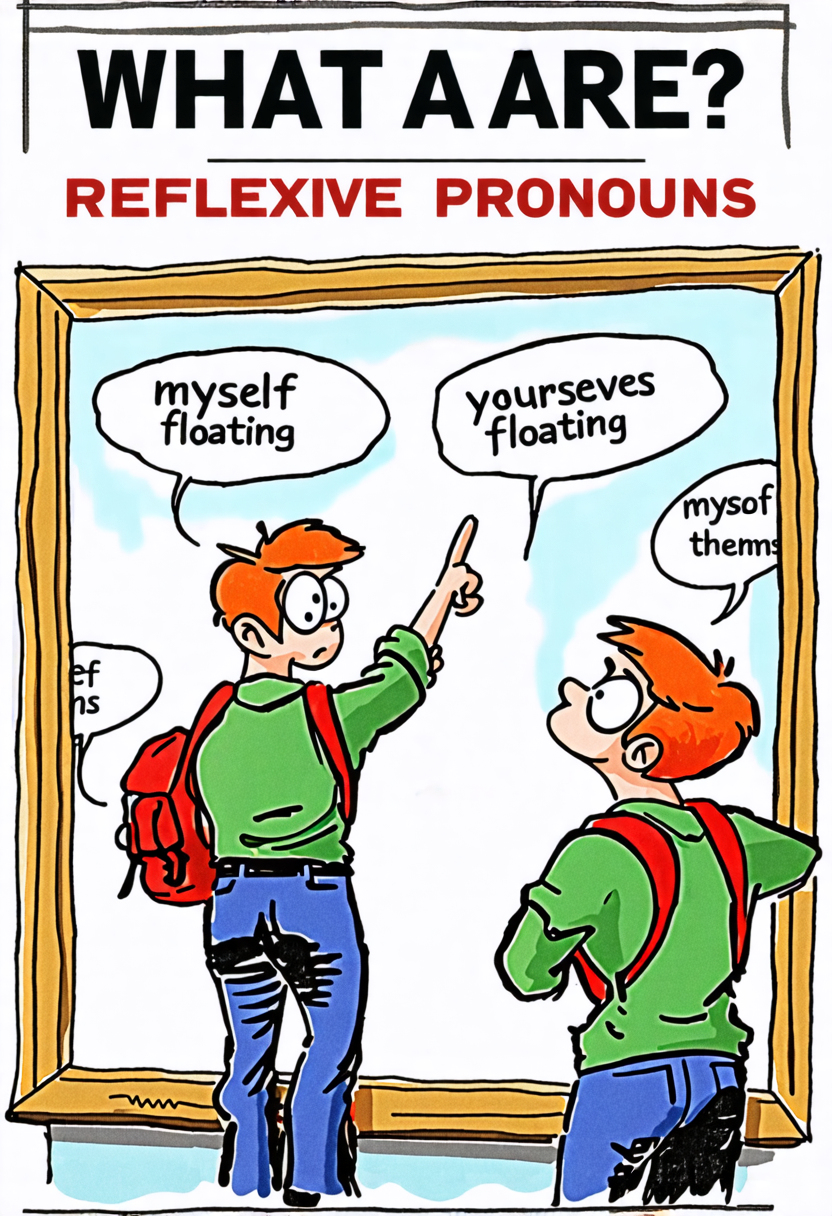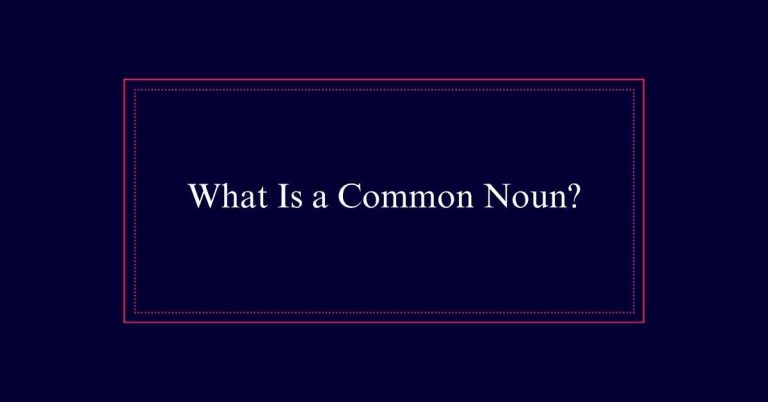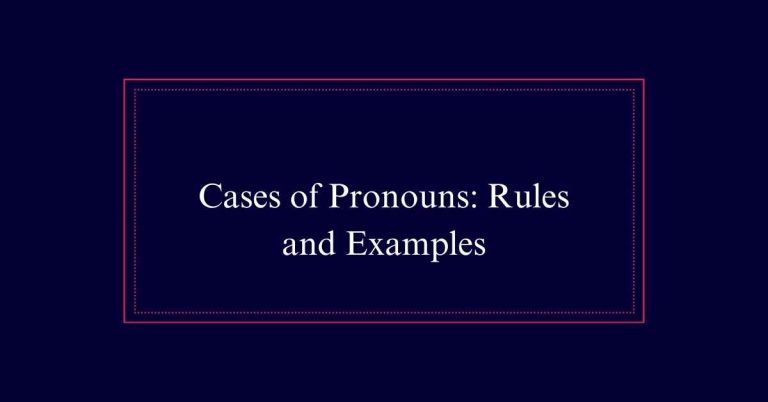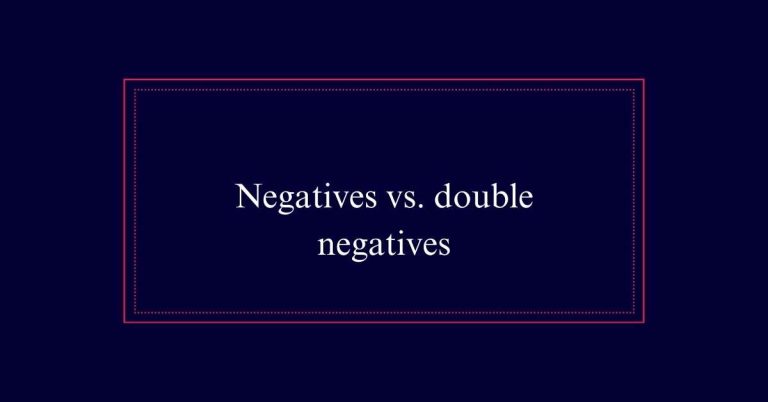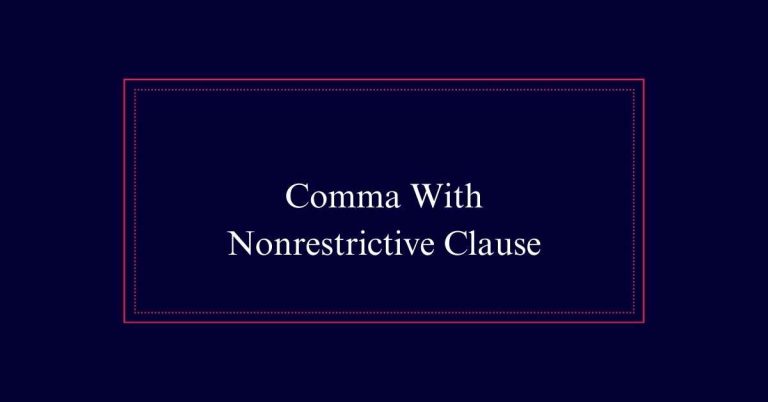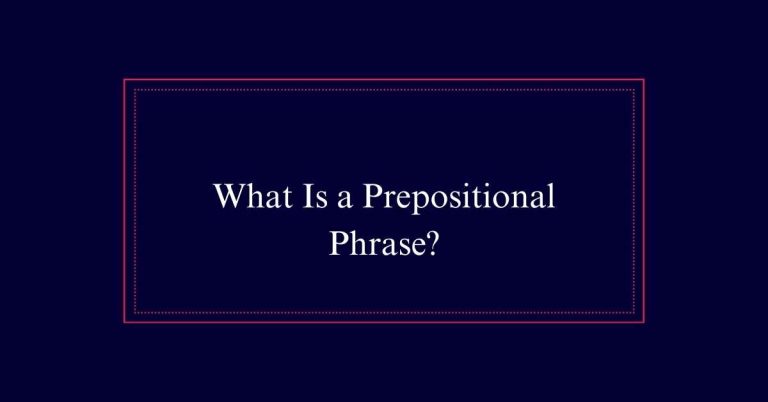What Are Reflexive Pronouns?
Reflexive pronouns, ending in -self or -selves, are used when the subject and the object of a sentence are the same entity. They include words like myself, yourself, himself, herself, itself, ourselves, yourselves, and themselves. For example, in ‘She prepared herself for the meeting,’ the pronoun ‘herself’ reflects the action back onto the subject ‘she.’
Definition of Reflexive Pronouns
Reflexive pronouns are words that end in -self or -selves and are used when the subject and object of a sentence are the same. They serve as objects or indirect objects, reflecting back on the subject.
This can help avoid repetitive phrasing. For example, in ‘She taught herself the piano,’ the pronoun ‘herself’ reflects the subject ‘she.’ Reflexive pronouns are essential for clarity in sentences where the subject performs an action on itself. They are employed to make the sentence clear and concise without redundancy.
Additionally, reflexive pronouns relate to the idea of reflecting, as they mirror the subject within the sentence. This maintains the sentence’s structure remains efficient and understandable.
List of Reflexive Pronouns
The English language includes nine reflexive pronouns that are integral to constructing sentences where the subject and object are the same. These pronouns end in -self or -selves and are used to indicate that the subject performs an action on itself. Reflexive pronouns are essential for clear and concise communication.
Below is a table listing the nine reflexive pronouns:
| Singular | Plural | Singular They |
|---|---|---|
| myself | ourselves | themselves |
| yourself | yourselves | |
| himself/herself/itself |
Function as Direct Objects
When the subject and object of a sentence are identical, reflexive pronouns serve as direct objects to reflect this relationship. They replace the object with a word that points back to the subject.
For instance, in the sentence ‘She prepared herself for the meeting,’ ‘herself’ is the direct object. It shows that the action of preparing is directed back to the subject, ‘she.’ This usage helps avoid repetition and makes sentences clearer.
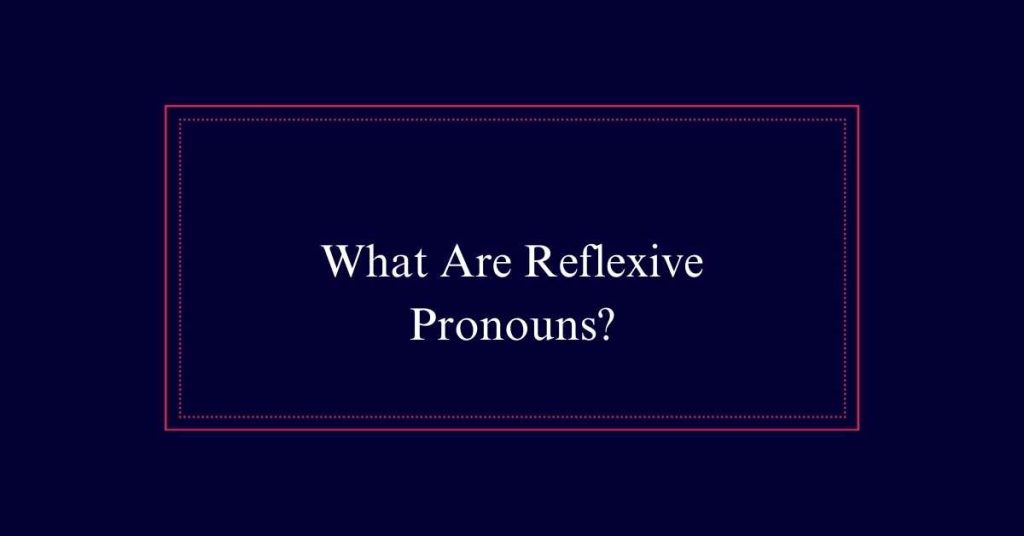
Reflexive pronouns as direct objects make sure that the focus is on the subject’s action upon themselves. They are essential for expressing actions where the subject and object are the same entity, thereby enhancing clarity and precision in communication.
Function as Indirect Objects
In sentences where the action is directed towards someone else, reflexive pronouns can serve as indirect objects to emphasize the subject’s involvement. This usage helps clarify that the subject is also the recipient of the action indirectly.
For example, in ‘She bought herself a new book,’ the reflexive pronoun ‘herself’ indicates that she bought the book for her own benefit. Similarly, ‘John made himself a sandwich’ shows that John is both the maker and the beneficiary.
This use of reflexive pronouns as indirect objects adds emphasis and avoids confusion. By using reflexive pronouns this way, sentences become clearer and more precise, ensuring that the action’s direction and the subject’s role are unmistakable.
Avoiding Repetitive Phrasing
Reflexive pronouns help eliminate repetitive phrasing by clarifying that the subject and object are the same.
For instance, instead of saying ‘Maria prepared Maria for the presentation,’ you can say ‘Maria prepared herself for the presentation.’ This substitution avoids redundancy and makes the sentence smoother.
Reflexive pronouns like myself, yourself, and themselves streamline communication by removing the need to repeat the subject. They are particularly useful in sentences where actions are performed by the subject upon themselves.
This not only shortens sentences but also enhances readability.
Common Usage Errors
Misusing reflexive pronouns is a common error that can disrupt sentence clarity. One frequent mistake is using reflexive pronouns in compound subjects. For instance, ‘Andrew and myself will conduct today’s meeting’ is incorrect.
The correct usage is ‘Andrew and I will conduct today’s meeting.’ To avoid this error, remove the other subject to see if the pronoun stands alone correctly.
Another error occurs in compound objects, such as ‘She gave the tickets to John and myself.’ The correct form is ‘She gave the tickets to John and me.’
Correcting Compound Subjects
Often, correcting compound subjects involves making sure that each pronoun stands correctly on its own.
When using reflexive pronouns in compound subjects, removing other subjects can help identify errors. For instance, ‘Andrew and myself will conduct today’s meeting’ is incorrect. By removing ‘Andrew,’ we get ‘Myself will conduct today’s meeting,’ which is clearly wrong.
The correct sentence is ‘Andrew and I will conduct today’s meeting.’ Reflexive pronouns should not be used in subject positions. This rule guarantees clarity and grammatical accuracy.
Correcting Compound Objects
When correcting compound objects, verify that each pronoun is appropriate by testing them individually within the sentence. This method guarantees clarity and correctness in your writing.
For example, ‘She gave the books to John and myself’ is incorrect. Testing each object separately, it should be ‘She gave the books to John’ and ‘She gave the books to me,’ making the corrected sentence: ‘She gave the books to John and me.’
Common errors to watch for:
- Misplaced reflexive pronouns
- Confusing reflexive with regular pronouns
- Awkward phrasing
- Incorrect grammar usage
- Disrupted sentence flow
Intensive Pronouns Usage
After mastering the correct use of reflexive pronouns in compound objects, it’s important to understand how reflexive pronouns can also function as intensive pronouns. Intensive pronouns emphasize the subject or antecedent in a sentence. They highlight that the action was performed by the subject themselves. Importantly, removing an intensive pronoun does not change the sentence’s meaning. For example, in “Jack made his supper himself,” “himself” emphasizes that Jack made his supper alone. Intensive pronouns are useful for adding emphasis and clarity in communication. Here’s a table to illustrate:
| Subject | Reflexive Pronoun | Example Sentence |
|---|---|---|
| I | Myself | I wrote the report myself. |
| You | Yourself | You cleaned the room yourself. |
| He | Himself | He fixed the car himself. |
| She | Herself | She baked the cake herself. |
| They | Themselves | They organized the event themselves. |
Singular They and Reflexive Pronouns
In modern English, the singular they has gained acceptance as a gender-neutral pronoun, including its reflexive form, themselves. This usage is essential for respecting individuals’ gender identities and ensuring inclusive language. The singular they has been used for centuries and is now endorsed by major style guides.
Using singular they and themselves helps to avoid awkward constructions and promotes clarity. Consider the following benefits:
- Inclusivity: Recognizes nonbinary and gender-nonconforming individuals.
- Simplicity: Reduces the need for he/she combinations.
- Historical usage: Has been part of English for a long time.
- Clarity: Avoids confusing and awkward phrasing.
- Acceptance: Supported by many authoritative language institutions.
